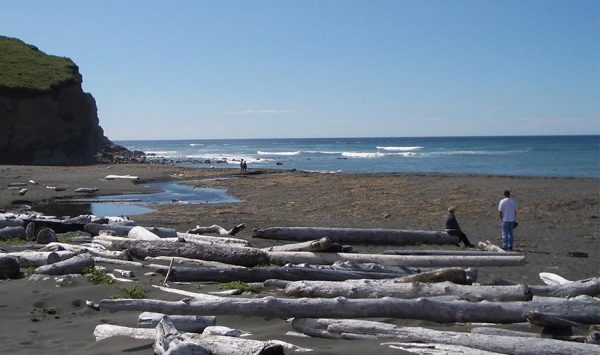Two-page guide explains marine mammal salvage rules
August 29, 2017
Paula Dobbyn
907-274-9698

It’s not uncommon for Alaskans strolling their state’s vast coastline to encounter a marine mammal, dead and washed up on shore. When a surprise encounter happens, questions often bubble up. A new guide sheet from Alaska Sea Grant provides answers.
“Is it OK if I take a tusk? What about a tooth or a bone?”
“I’m not Alaska Native, but I live here so doesn’t that make it OK to harvest whatever I want since the animal is dead?”
Alaska Natives are permitted to salvage all parts of dead marine mammals for subsistence. Non-Natives cannot. They are restricted to only collecting some parts, including bones, teeth and ivory, and only from some animals.
“People don’t understand the legalities. It is so complex,” said Gay Sheffield, Alaska Sea Grant’s Marine Advisory Program agent in Nome.
Sheffield, an associate professor at the University of Alaska Fairbanks' College of Fisheries and Ocean Sciences, decided to help make it easier to unravel the legal dos and don’ts of harvesting marine mammal parts. She recently completed a two-page guide, published by Alaska Sea Grant, that aims to answer the public’s questions.
It’s called “Collecting Dead Marine Mammal Parts While Beachcombing” and it’s a free download on Alaska Sea Grant’s website. Sheffield expects to keep it regularly updated.
The guide may be revised on Sept. 30 if the U.S. Fish and Wildlife Service decides to grant protections to the Pacific walrus under the Endangered Species Act.
“The ringed seal will get changed before too long. All these statuses will be in flux soon, mostly through litigation — not through population declines,” Sheffield said.
Read more on Alaska Sea Grant’s blog.


